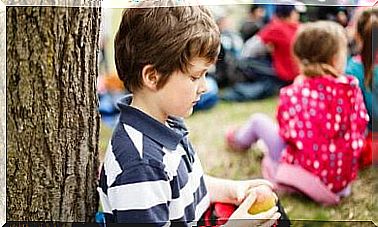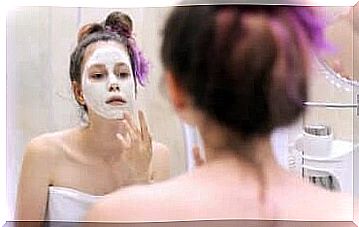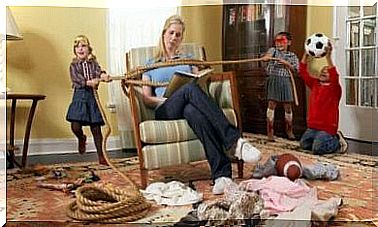Practical Exercises To Activate Speech – Being Parents

Being smart and doing practical exercises to activate our baby’s speech is an option to make the wait shorter.
Encouraging our child to learn to speak is relatively easy, but the activities that we can do at home to achieve this are not the most well-known.
On this occasion, we will unveil some useful exercises for babies to start to be interested in speaking. They are recommended for children between six and thirty-six months.
Activate speech with practical exercises
How to develop language acquisition is a question many people expect to be answered, as parents as well as specialists, caregivers and teachers are committed to helping children to actually speak.
In order to activate speech, it is necessary to have some knowledge of the actions that need to be taken about it, not all of them are so complicated and can be done at home.
That is why in this article, we want to let you know the simplest practices to achieve this benevolent and important goal.
1st exercise: reading fairy tales
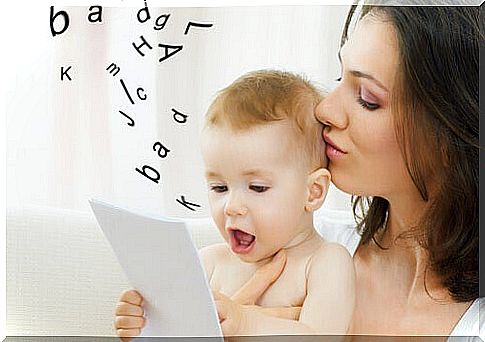
Stories designed for children have all the qualities to be understood and stimulate their emotional capacity, so you have to choose them according to the age of each.
To practice reading stories, we can ask them to point out an object in the book, we can get them used to listening to us tell and it is preferable that they have the story in their hands to be able to “read” .
2nd exercise: the puppet theater
This fun exercise allows children to become interested in the dialogues of the characters. Puppets created for children are excellent masters when it comes to activating speech as little ones strive to talk to them, describe them and respond to them.
The theater can be enriched with objects used to create symbols within the conversation. Costumes and staging are also important.
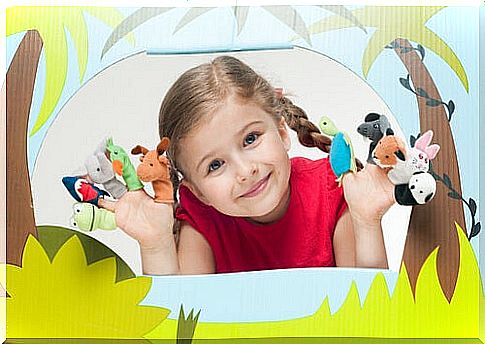
3rd exercise: traditional participatory games
All games that contain a song or dance, through which the child interacts with the performer, are useful for activating speech. These activities are usually accompanied by rhymes, phrases, and sounds that force one to respond, continue, or act according to the content.
4th exercise: children’s songs
The purpose of these songs is to teach children, but they contain a secret element that makes them irresistible to them, allowing them to enjoy it while they are learning it.
These compositions are filled with childish vocabulary, so they are simple, improbable and funny. This encourages young children to try repeating them insistently, first in syllables and then in longer fragments.
5th exercise: the images
To start feeding this abstract code known as the “linguistic sign”, it is important that the child begins to relate the images he sees to the word that defines them.
For this reason, we can test by showing him photos, drawings and various images in order to provide semantic and dialectical information about each one.
It is recommended to describe everything on these pictures so that he can get an idea and acquire a new vocabulary.
What is the recommended age to start performing these exercises?
It is common that from six months, a baby begins to show that he understands a smile, he is attentive when spoken to and he makes his first sounds. At this age, it is necessary to initiate adequate stimulation.
Between nine and eighteen months, the baby is able to respond with double syllables, he can indicate things he wants, he refuses or accepts, he knows the names of many things and people and begins to use gestures significant.
By the second year, he speaks complete words and shows that he knows the meaning of these, which indicates that he is ready to be stimulated by exercises intended to encourage speaking.
At thirty-six months, the child is able to do all the exercises described above, some with more ease than others, but at least with the basic conditions. If this is not the case, it is recommended to consult a specialist.
